Finding the right cross-country skis doesn’t have to be complicated. Here’s the quick breakdown:
- Classic skiing: Perfect for beginners or those who prefer a relaxed, rhythmic motion. Best on groomed tracks and works well for varying fitness levels.
- Skate skiing: Faster and more dynamic, but requires higher fitness and skill. Ideal for wide, groomed trails.
- Snowfeet* NORDIC skis: A compact, lightweight option for mixed terrain. Use them with regular winter shoes, making them portable and easy to store.
The type of skiing you choose depends on your skill level, fitness, and where you plan to ski. Classic skis are forgiving and stable, skate skis are built for speed, and Snowfeet* NORDIC skis offer a modern twist for convenience and versatility. Keep reading for details on how to match your skis to your style and terrain.
How to Choose a Cross Country Ski Package for Skate, Classic, Beginners, Backcountry, and More!
Classic vs. Skate Skiing: Know the Differences
Understanding the differences between classic and skate skiing is key to picking the right gear and technique. These two styles vary in movement, fitness demands, and terrain, so your choice can make or break your time on the snow.
Classic Skiing: Easy and Relaxed
Classic skiing feels a lot like walking, thanks to its diagonal stride technique. You push one ski forward while swinging the opposite arm with a pole, creating a smooth, rhythmic motion. It’s a great starting point for beginners or anyone looking for a laid-back experience.
This style works best on groomed tracks - those parallel grooves you’ll spot on prepared trails. These tracks provide stability, making it easier to find your rhythm. But classic skiing isn’t limited to groomed paths. When conditions allow, you can explore ungroomed trails, adding a bit of adventure to your day.
One of the perks of classic skiing is its flexible intensity. You can take it slow and soak in the scenery or ramp up the pace for a tougher workout. This makes it a great option for families or groups with varying fitness levels, as everyone can go at their own speed.
Dan Dvoracek, an attorney with years of cross-country skiing experience, highlights its beginner-friendly nature:
"Classic skis will get you going at the sport quickly and comfortably. Skates lead to frustration in beginners. Unless you are very athletic with good endurance, I would not bother with them."
If you’re looking for something faster and more dynamic, though, skate skiing might be your style.
Skate Skiing: Speed and Power
Skate skiing is all about side-to-side movement, much like ice skating. Instead of the straight-ahead stride of classic skiing, you push off at angles, creating a V-shaped skating motion. Once you get the hang of it, this technique can deliver impressive speed.
However, skate skiing demands more from your body. It requires higher fitness levels and flexibility, making it more challenging for beginners. The lateral movements engage your entire body, offering a full-on workout that’s as rewarding as it is intense.
On well-groomed courses, skate skiing can be 10-20% faster than classic skiing for amateur skiers. Elite racers see about a 10% speed boost because the technique is easier to perform efficiently compared to classic skiing.
The terrain for skate skiing is also specific. You’ll need wide, groomed surfaces to accommodate the lateral motion. Unlike classic skiing, which can follow narrow tracks, skate skiing requires open, well-prepared snow. This can limit where you can ski, especially on tighter trails or in backcountry areas.
Though it has a steeper learning curve, the payoff is worth it. As one expert puts it:
"Skate skiing is often thought to be more technical than classic style skiing, but with perseverance it's possible to reach high speeds and achieve effortless glide."
It’s worth noting that the physical demands are no joke. Climbing uphill while cross-country skiing can require 120-160% of VO2peak, and skate skiing pushes this even further with its more demanding movements.
Equipment Features: Classic vs. Skate vs. Snowfeet* NORDIC
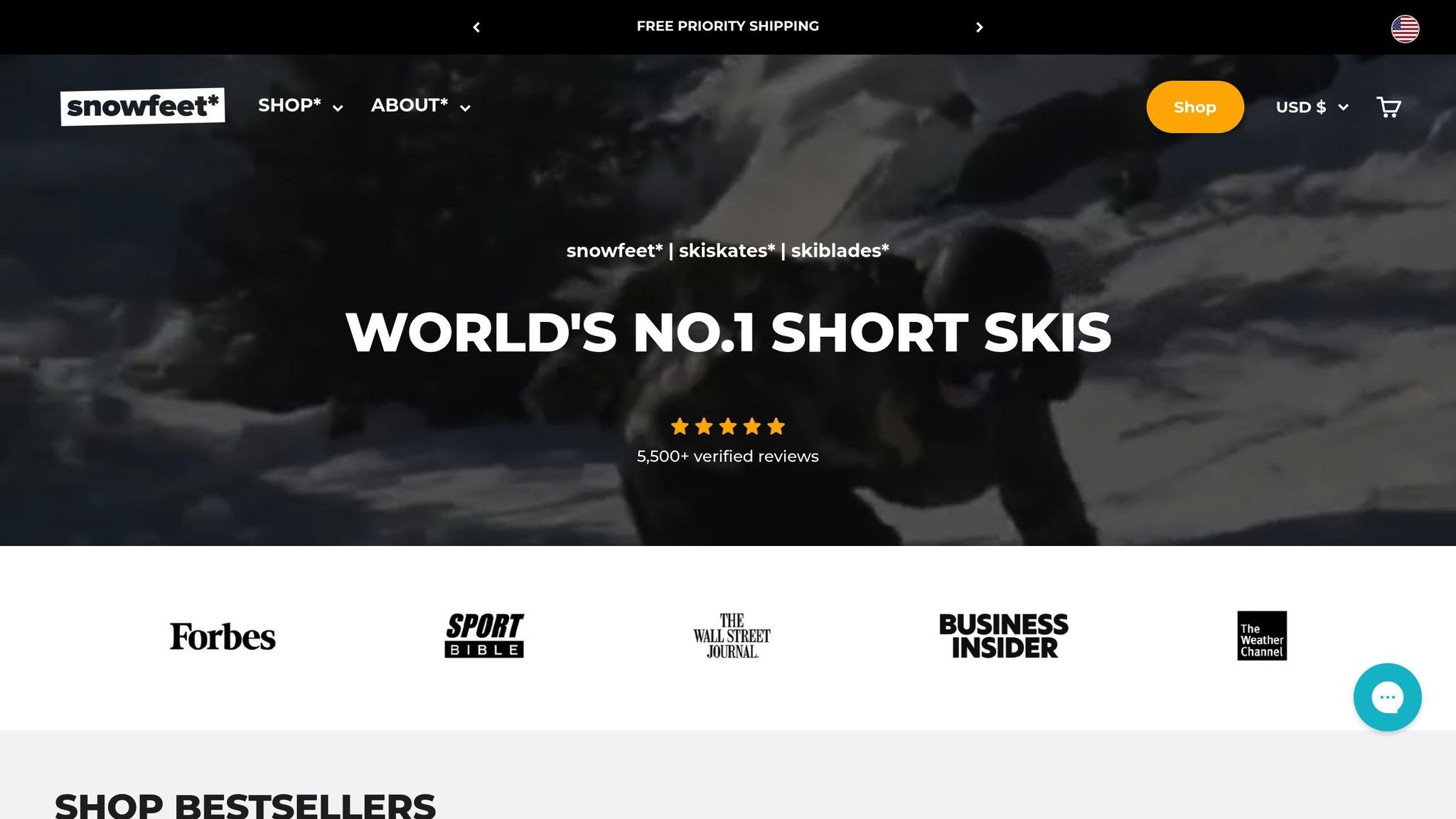
Let’s break down how the design of each type of ski - classic, skate, and Snowfeet* NORDIC - affects your performance and experience on the snow. These differences go way beyond looks; they’re all about how the skis handle and what they’re best suited for.
Classic Skis: Long, Flexible, and Built for Grip
Classic skis are all about smooth, straight-line gliding with solid traction. They’re typically sized to be 8–12 inches taller than you, which gives them their signature long shape. The key feature here is the flexible middle section, which compresses as you stride, activating the grip zone for better traction. Brands like Rossignol and Atomic have been refining this design for years, making these skis a reliable choice for groomed trails. But, there’s a trade-off: their length can make tight turns tricky, and keeping that grip zone in top shape often means regular waxing.
Skate Skis: Shorter, Stiffer, and Designed for Speed
Skate skis are built for power and precision. They’re shorter than classic skis - about 4–6 inches taller than your height - and this compact size makes it easier to switch edges quickly during the lateral movements of skate skiing. The stiffer construction is all about efficiency, transferring energy from your push-off directly into forward motion. Unlike classic skis, skate skis don’t have a grip zone. Instead, they rely on smooth bases and sharp edge control to keep you moving. Brands like Head and Elan specialize in these high-performance models, which are great for racers but can feel a bit intense for casual skiers.
Snowfeet* NORDIC: Small, Lightweight, and Ready for Anything
If you’re looking for something a little different, Snowfeet* NORDIC skis might be your answer. These compact skis are just 35 inches (90 cm) long - about half the size of traditional skis - and their lightweight build makes them super easy to carry. As Snowfeet* puts it:
"These Nordic Skis are easy to grab and lightweight to carry around so you can take them with you anywhere."
- Snowfeetstore.com
One of their standout features is that they work with any winter shoes (sizes 6–13 US). No need to buy specialized boots like you would with classic or skate skis. Plus, their metal edges give you extra control and stopping power, whether you’re on groomed trails or exploring off the beaten path. At $350, they’re a budget-friendly option compared to the cost of traditional skis and boots. Reviews highlight how easy they are to pick up and how maneuverable they feel. And here’s a bonus: their compact size means they fit in a regular backpack, making them perfect for urban skiing or hiking to remote spots.
How to Choose Skis Based on Your Needs
When it comes to cross-country skiing, picking the right skis can make all the difference. It’s about finding gear that matches your skill level, the terrain you’ll tackle, and how much convenience matters to you. Let’s break it down.
Skill Level and Fitness: Match Your Skis to Your Ability
If you’re just starting out, classic skis are your best friend. They offer a stable, forgiving ride, perfect for building confidence. On the other hand, skate skis are better suited for intermediate and advanced skiers who have the core strength and balance to handle their faster, more dynamic nature. Brands like Head and Elan are known for their high-performance skate skis, though they do come with a steeper learning curve.
Now, if you’re looking for something a little different, Snowfeet* NORDIC skis might catch your eye. These compact skis, just 35 inches (about 90 cm) long, are designed to be agile and responsive. Their smaller size makes them less intimidating for beginners while still offering a fun challenge for seasoned skiers who want to try something new.
Terrain Considerations: Where Do You Plan to Ski?
The type of trails you’ll ski on plays a big role in your choice. Classic skis shine on groomed tracks, where their long, flexible design and built-in grip zones work their magic. Skate skis, meanwhile, are ideal for wider, well-maintained trails that allow for their energetic, side-to-side motion.
Snowfeet* NORDIC skis, however, are a game-changer for mixed or unconventional terrain. Their metal edges give you solid control on hard-packed snow, and their compact size makes it easier to weave through tighter spaces. Whether you’re gliding through a snowy park, exploring ungroomed trails, or even experimenting with urban skiing, these skis open up new possibilities. As Digital Trends put it:
"This unique set of footwear can also be used for cross-country skiing, providing a good aerobic workout on flat trails."
For backcountry skiing, traditional skis are typically wider (70–100 mm at the tip) and built with aggressive grip zones to handle deep snow. But Snowfeet* NORDIC skis offer a different kind of advantage. Their shorter length makes them easier to maneuver in unpredictable conditions, giving you the confidence to explore remote areas without feeling weighed down.
Portability and Convenience: Why Snowfeet* Stands Out
One of the biggest perks of Snowfeet* NORDIC skis is how easy they are to carry. At just 35 inches, they fit into any backpack, your car trunk, or even as a carry-on for ski trips. Compare that to lugging around 6- or 7-foot traditional skis, and it’s clear why these are a more manageable option.
Storage is another win. Instead of struggling to find space for long skis in your garage or locker, these compact skis store easily - more like snowshoes. Plus, their gentle learning curve means you can practice right in your backyard or at a nearby park. This makes them a fantastic option for families and beginners who want to dip their toes into cross-country skiing without a big hassle.
sbb-itb-17ade95
Snowfeet* NORDIC vs. Standard Brands: Direct Comparison
Let’s dig into what makes Snowfeet* NORDIC skis a standout option compared to traditional cross-country skis from brands like Rossignol, Atomic, and Elan. The difference is pretty striking. Traditional cross-country skis are long - usually around 6–7 feet - and require specialized ski boots. That means extra cost and less convenience.
Snowfeet* NORDIC skis, on the other hand, are compact and practical. At just 35 inches (90 cm), they’re designed to work with your regular winter shoes. That makes them super portable and easy to use, whether you’re a beginner or a seasoned skier looking for a fresh challenge.
Take Martina MacLean from Bailey, Colorado, for example. In November 2024, she shared how much easier Snowfeet* NORDIC skis were compared to the traditional skis she used decades ago. She loved that she could skip the hassle (and expense) of specialized ski boots and just use her regular winter footwear.
Complete Comparison Table
Here’s a quick breakdown of how Snowfeet* NORDIC skis stack up against the usual suspects like Rossignol, Atomic, and Elan:
| Feature | Snowfeet* NORDIC | Rossignol/Atomic/Elan |
|---|---|---|
| Length | 35 inches (90 cm) | 72–84 inches (180–210 cm) |
| Weight | Ultra-lightweight | Heavier and bulkier |
| Footwear | Works with regular winter shoes (size 6–13 US) | Requires specialized ski boots ($100–$400) |
| Transport | Fits in a backpack or car trunk | Needs a roof rack or ski bag |
| Storage | Closet-friendly | Requires more dedicated space |
| Learning Curve | Fast and beginner-friendly | Steeper; lessons often recommended |
| Terrain Flexibility | Groomed trails, parks, backyards | Best for groomed trails only |
| Waxing | Wax-free fishscale base | Regular waxing needed |
| Metal Edges | Present for better control and stopping | Usually absent |
| Price Range | Around $199 | $300–$800+ (for skis and boots) |
One of the best things about Snowfeet* NORDIC skis is how easy they are to carry around. Forget roof racks or bulky ski bags - these skis fit neatly into a backpack or car trunk. Plus, their wax-free fishscale base means less maintenance, so you can skip the kick wax and hit the snow faster. All these features make Snowfeet* NORDIC skis a fantastic choice for today’s cross-country ski enthusiasts looking for something practical and fun.
Conclusion: Pick the Best Cross-Country Skis for Your Adventure
Finding the perfect cross-country skis comes down to matching your gear to your skiing style, the terrain you plan to tackle, and how much convenience matters to you. For beginners, classic skis are a solid choice. If you’re more experienced and crave speed, skate skis might be your go-to.
Nathan Schultz, founder of Boulder Nordic Sport, sums it up perfectly:
"We usually start by trying to get a feel for what people will be doing."
This highlights why your lifestyle and skiing goals should guide your decision. But if you’re looking for something outside the box, Snowfeet* NORDIC skis bring a fresh option to the table.
These compact skis, just 35 inches long, are lightweight and easy to handle. They work with your regular winter shoes, making them incredibly versatile. Whether you're gliding on groomed trails, exploring off-trail terrain, or just having fun in your snowy backyard, they’re designed for convenience where traditional skis might fall short. Plus, they’re budget-friendly at $350, offering a simpler setup without the need for extra gear. With a 5/5 rating from 7 reviews, they’ve already earned praise for being fun and easy to use.
Whether you go for classic skis, skate skis, or the flexible Snowfeet* NORDIC skis, the most important thing is getting out there and enjoying the snow. Cross-country skiing is not just a fantastic workout - it’s a chance to connect with nature and embrace the endless adventures waiting on the trails.
FAQs
How can I decide if classic or skate skiing is the right choice for my fitness level and goals?
Deciding between classic skiing and skate skiing really comes down to your fitness level, personal goals, and the kind of experience you’re after. If you’re just starting out or prefer a steady, low-impact workout, classic skiing is the way to go. It’s easier to pick up, doesn’t demand as much balance or coordination, and allows you to build endurance at a comfortable pace.
Now, if you’re looking for something more high-energy, skate skiing might be your jam. It’s fast, dynamic, and gives you a full-body workout, targeting muscles like your glutes and quads while also boosting your balance and strength. It’s a fantastic option if you’re craving a more intense challenge.
For those who want a versatile and convenient setup, check out the _Snowfeet NORDIC Cross-country Skate Skis (90 cm)_*. These shorter skis are easier to handle compared to traditional options like Rossignol or Atomic. Designed specifically for skate skiing, they’re a practical choice for skiers at any level. Whether you’re easing into classic skiing or diving into the thrill of skate skiing, Snowfeet* delivers a great mix of portability and performance to help you improve.
What makes Snowfeet* NORDIC skis a better choice for beginners compared to traditional cross-country skis?
Why Snowfeet* NORDIC Skis Are Great for Beginners
Snowfeet* NORDIC skis are a game-changer for anyone starting out in cross-country skiing. At just about 90 cm long, these skis are much shorter than traditional options, making them way easier to control. The compact size helps beginners master turns and maintain balance without the usual struggle.
What’s also great? They’re super lightweight. This means less fatigue, so you can focus on nailing your technique instead of battling heavy equipment. Traditional skis can feel bulky and tough to manage, but Snowfeet* skis keep things simple and fun. They’re designed to make the learning process less frustrating and more intuitive, which helps you build confidence faster.
If you’re just dipping your toes into cross-country skiing, these skis are a fantastic way to start. They make the sport feel approachable, enjoyable, and encourage you to hit the trails more often.
Are Snowfeet* NORDIC skis suitable for both groomed trails and off-trail adventures?
Snowfeet* NORDIC Skis: Versatile for Every Terrain
Snowfeet* NORDIC skis are built to shine on both groomed trails and tougher, ungroomed terrain. Thanks to their lightweight and compact design, they’re perfect for skiers who want the freedom to explore different landscapes without being tied to a single type of terrain.
Unlike traditional skis from brands like Rossignol or Atomic - often designed for specific conditions - Snowfeet* NORDIC skis blend versatility with simplicity. They’re a great pick for anyone looking for an easy, fun way to enjoy cross-country skiing, whether you're cruising on prepared tracks or heading off into the backcountry.

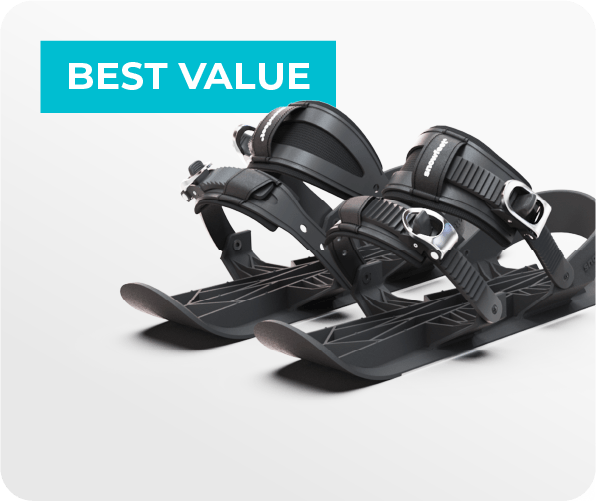
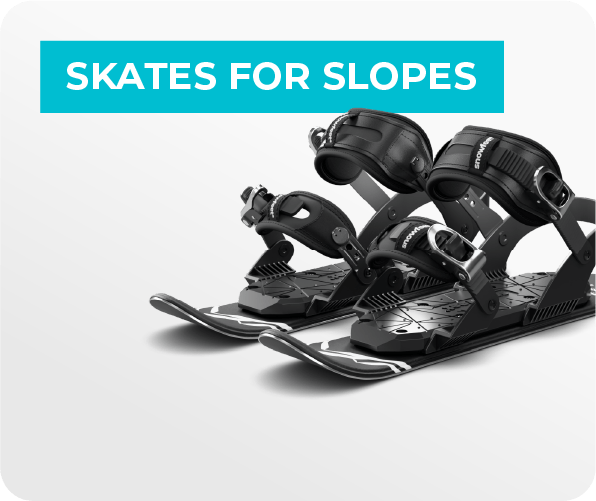
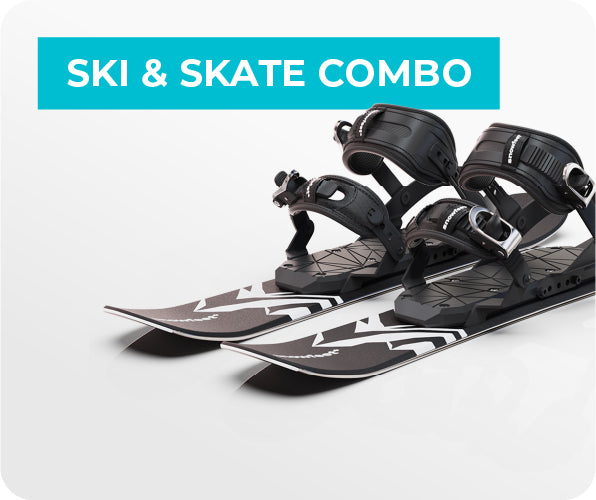
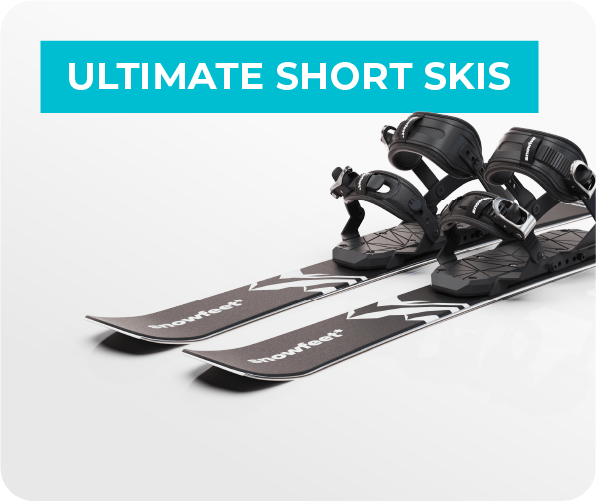
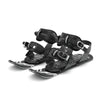
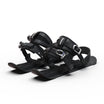
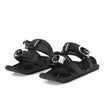
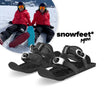
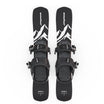
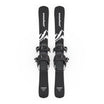
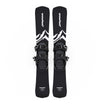
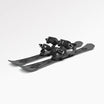
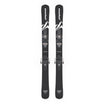
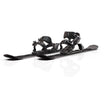
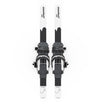
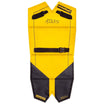
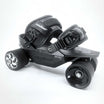

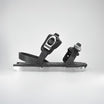
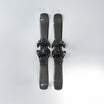
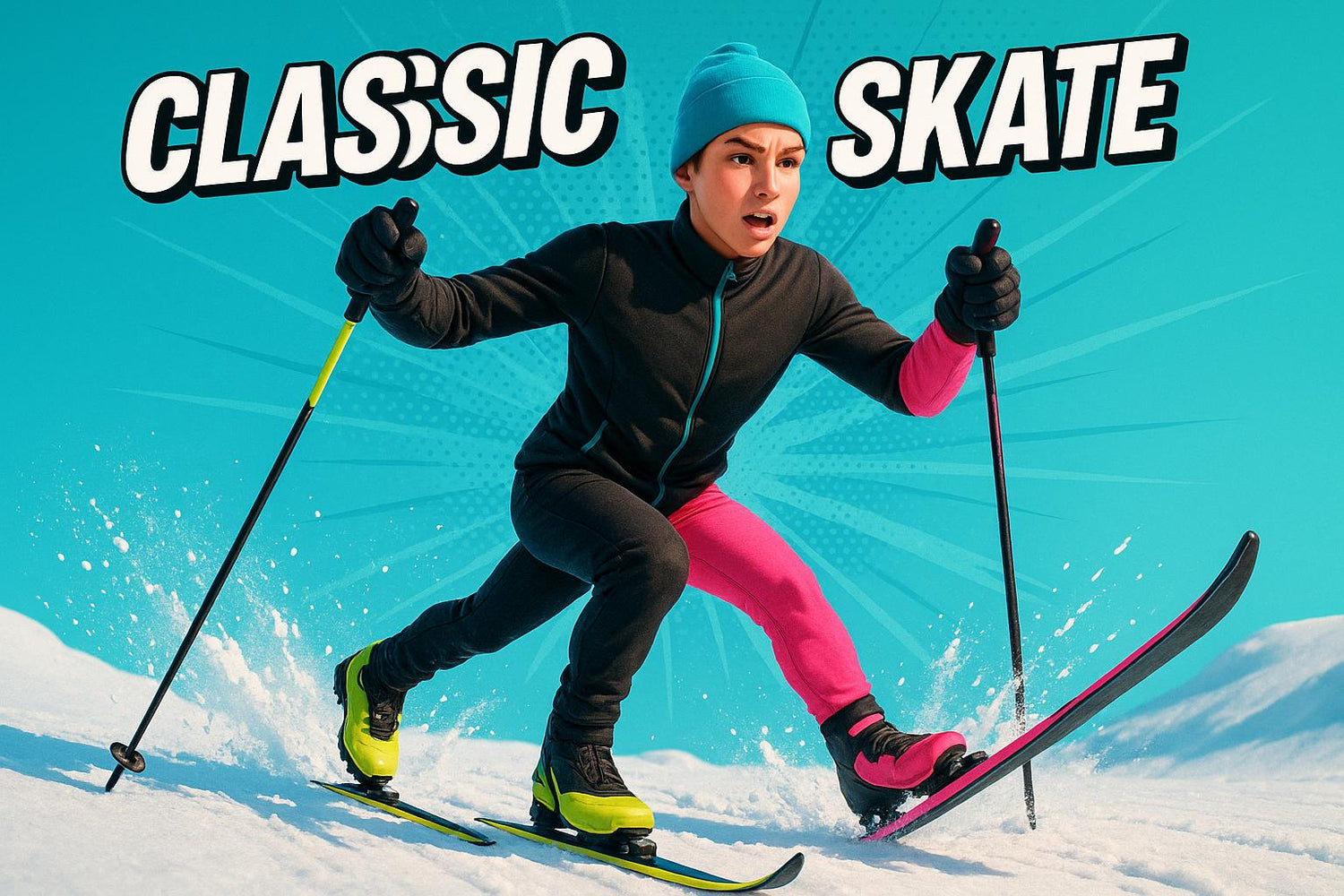
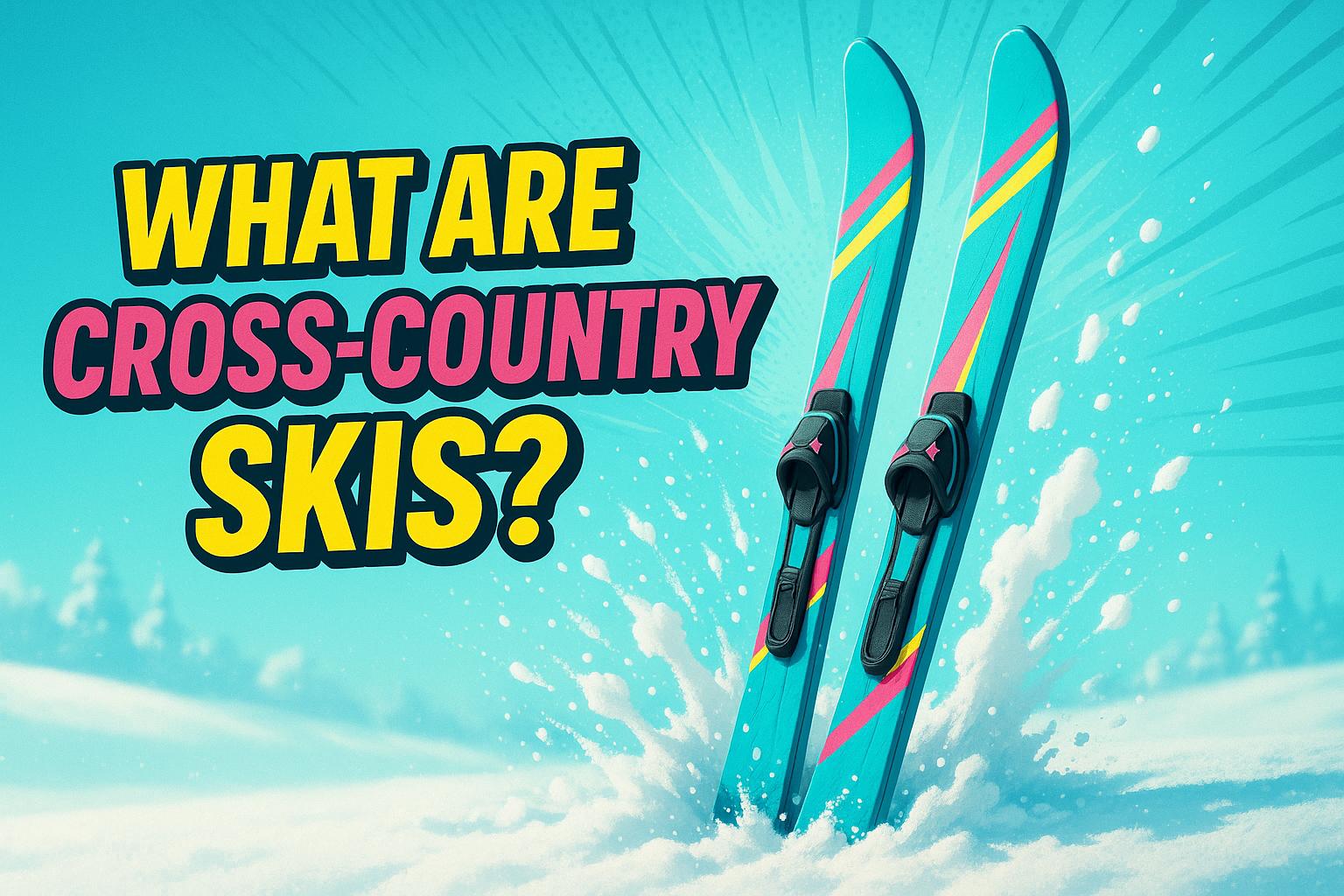
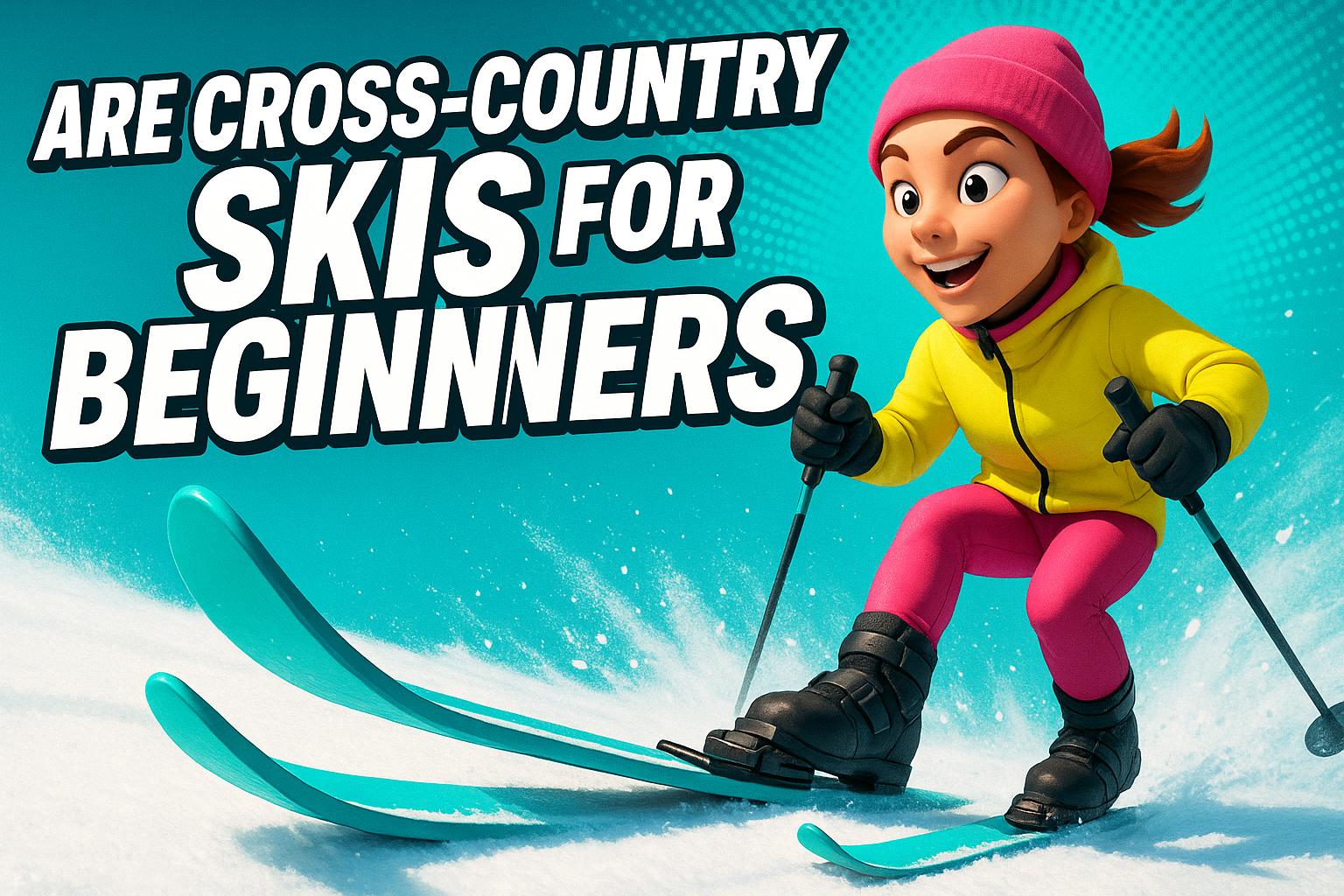
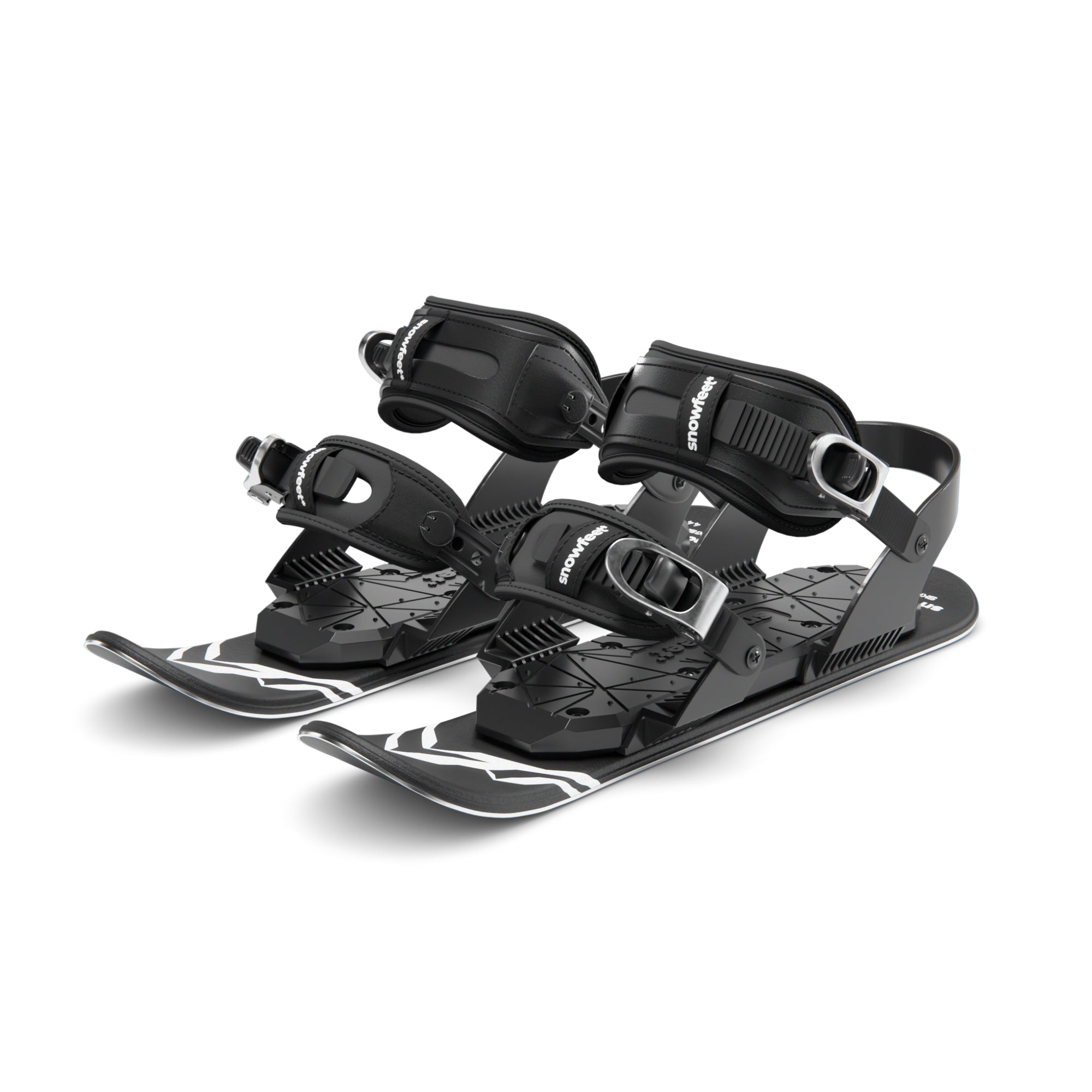
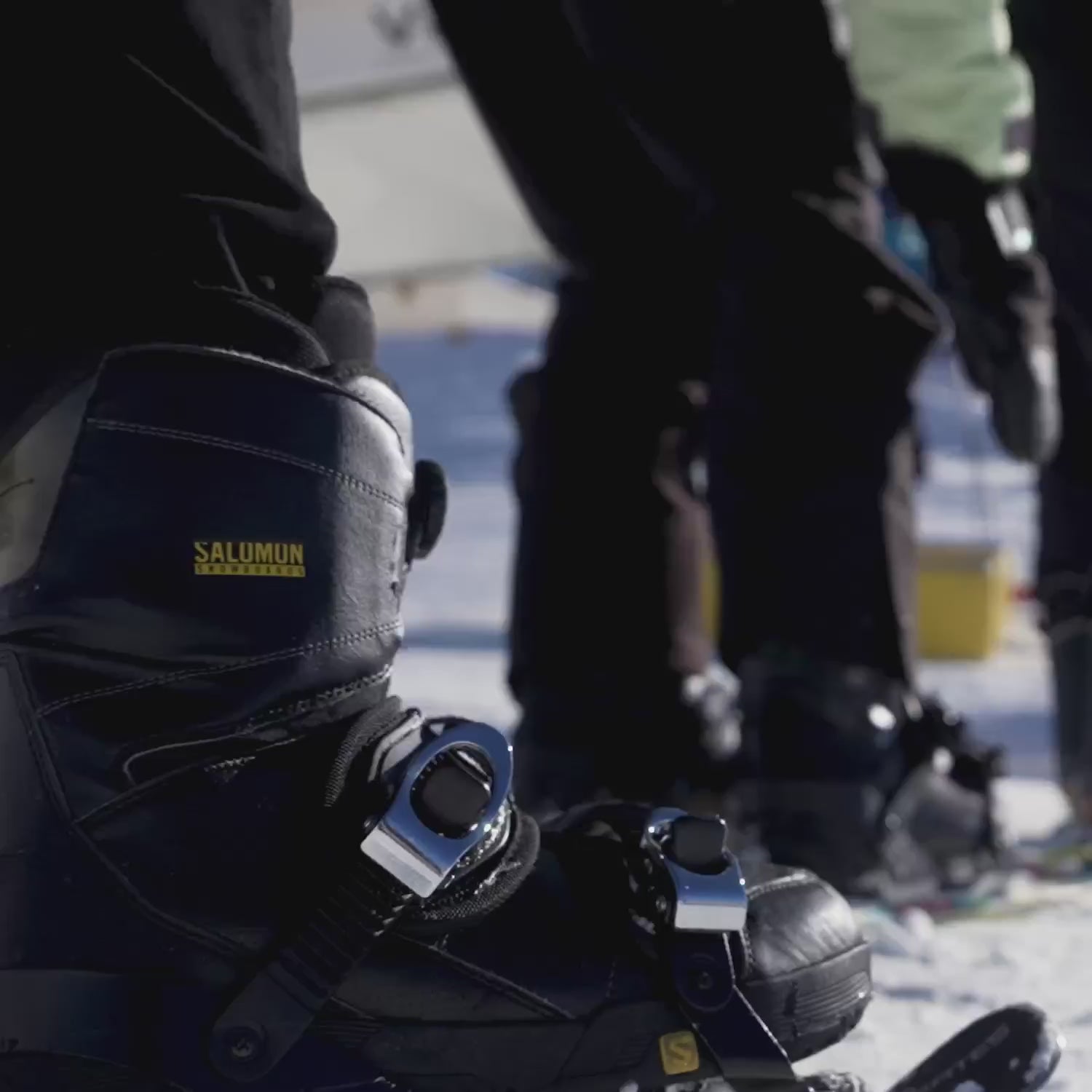
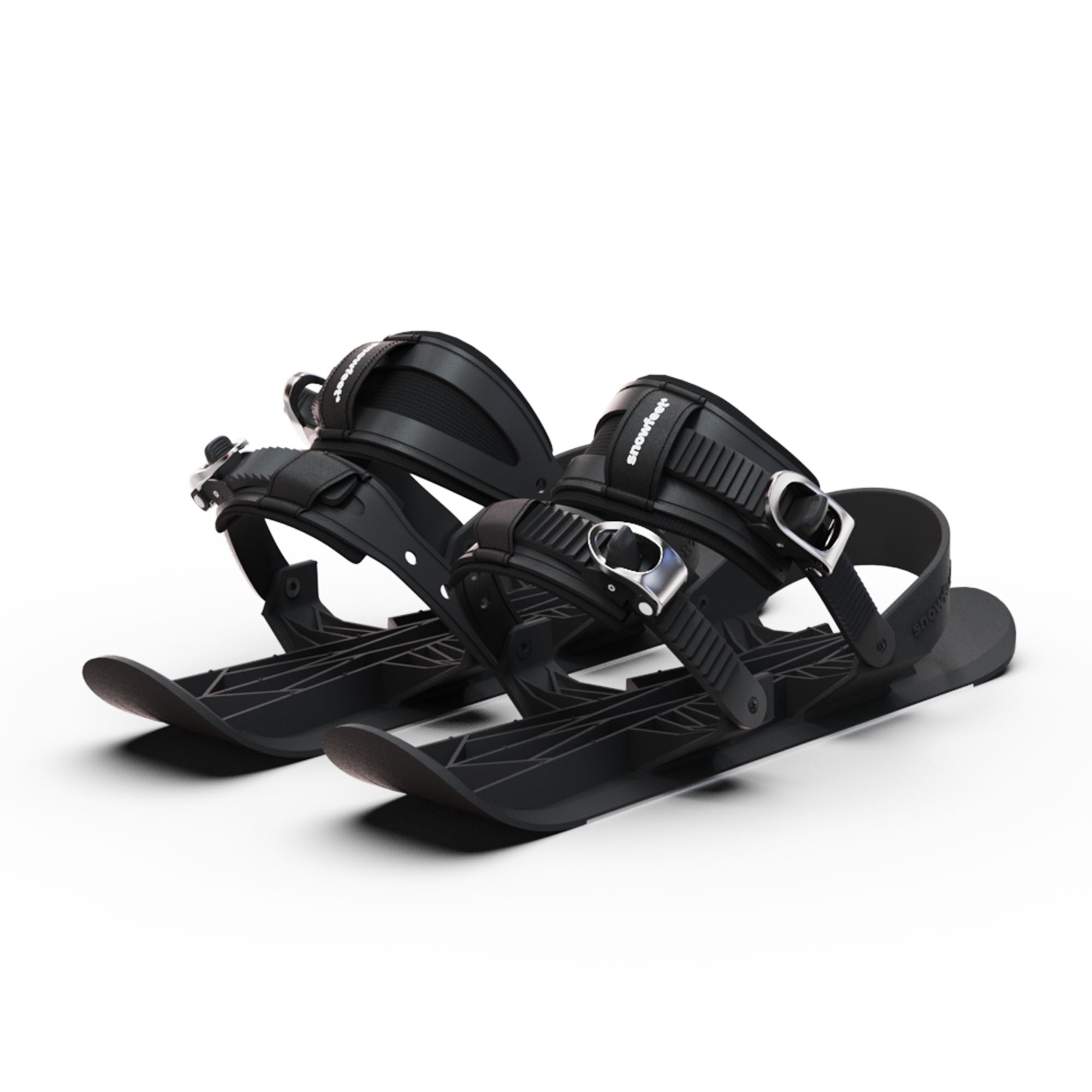
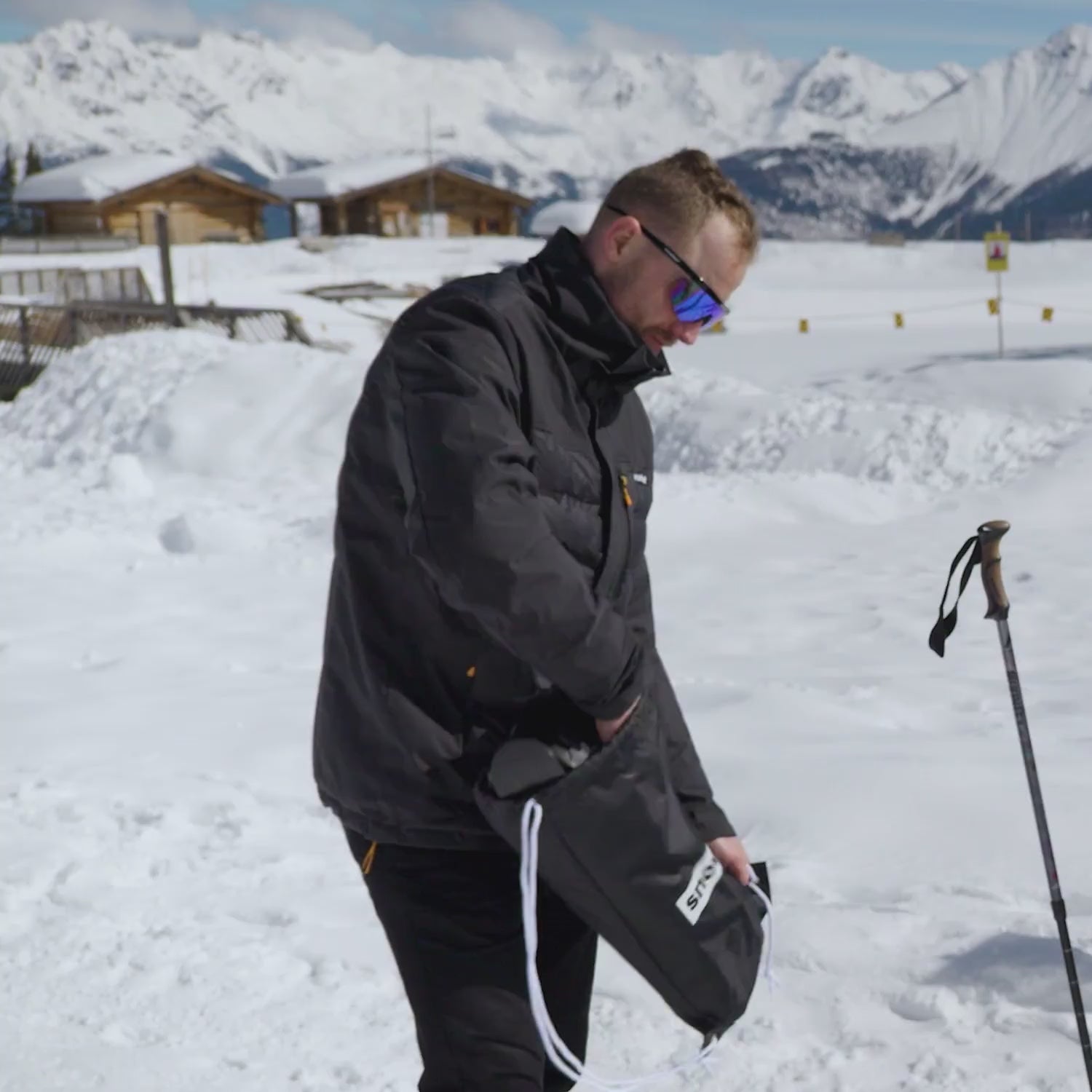
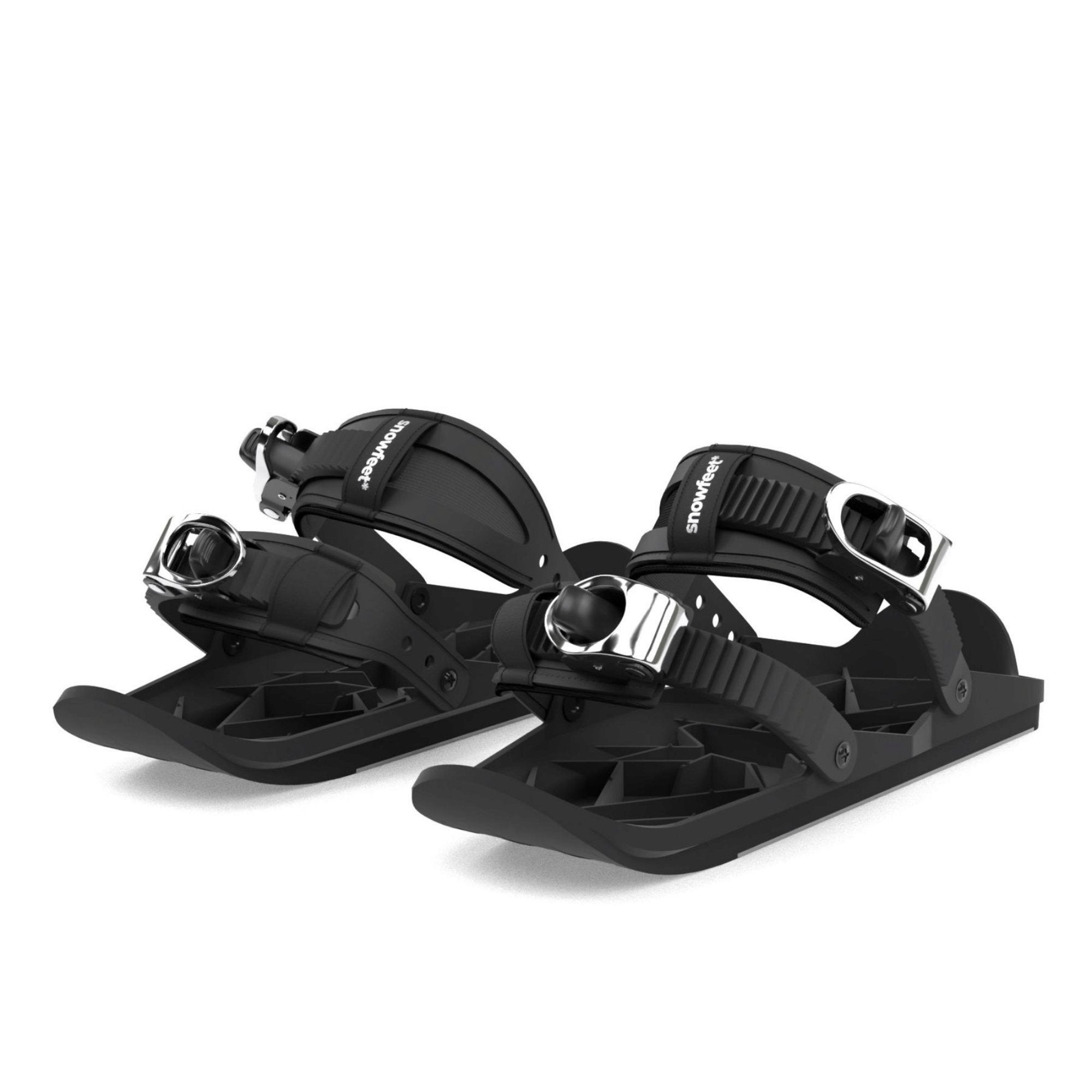

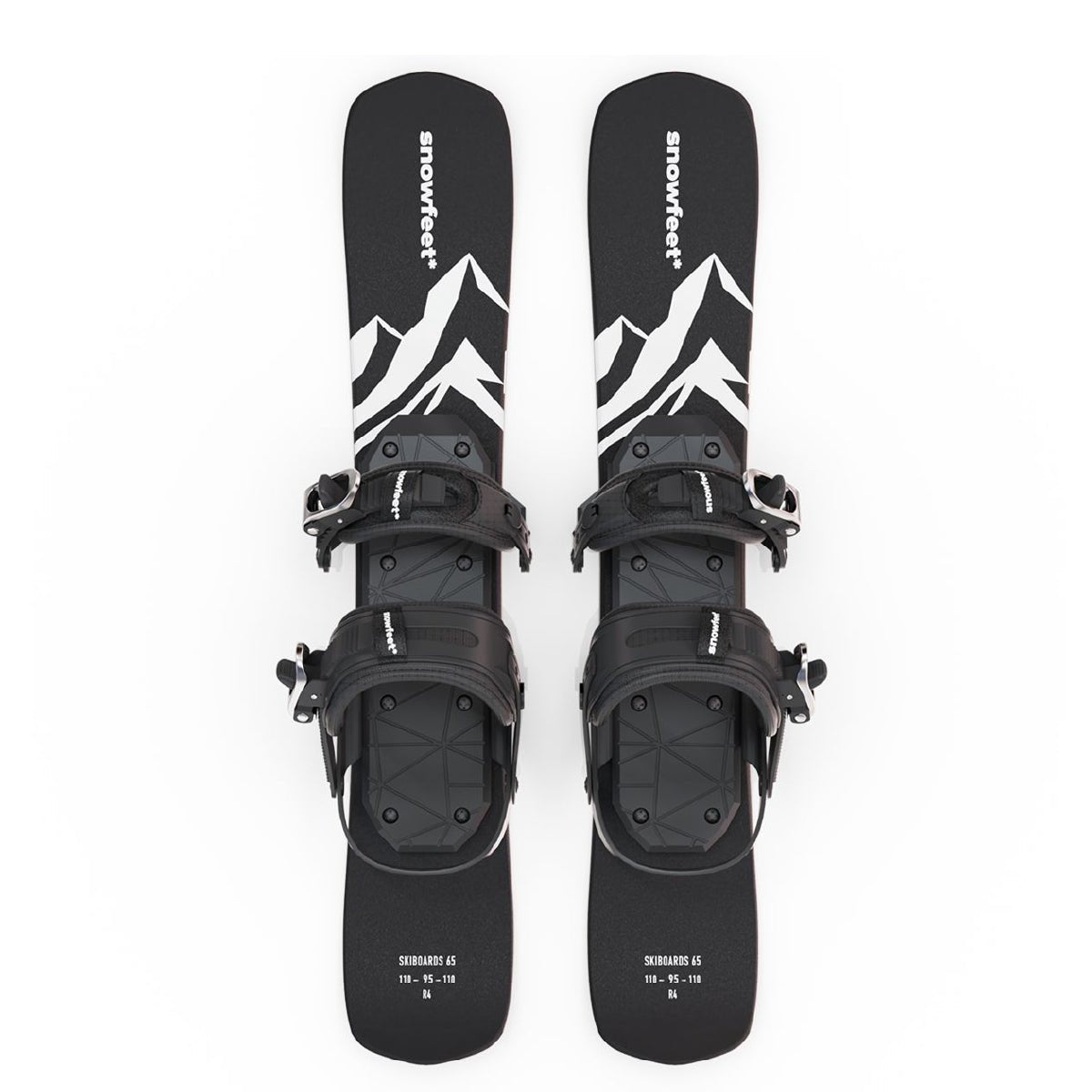
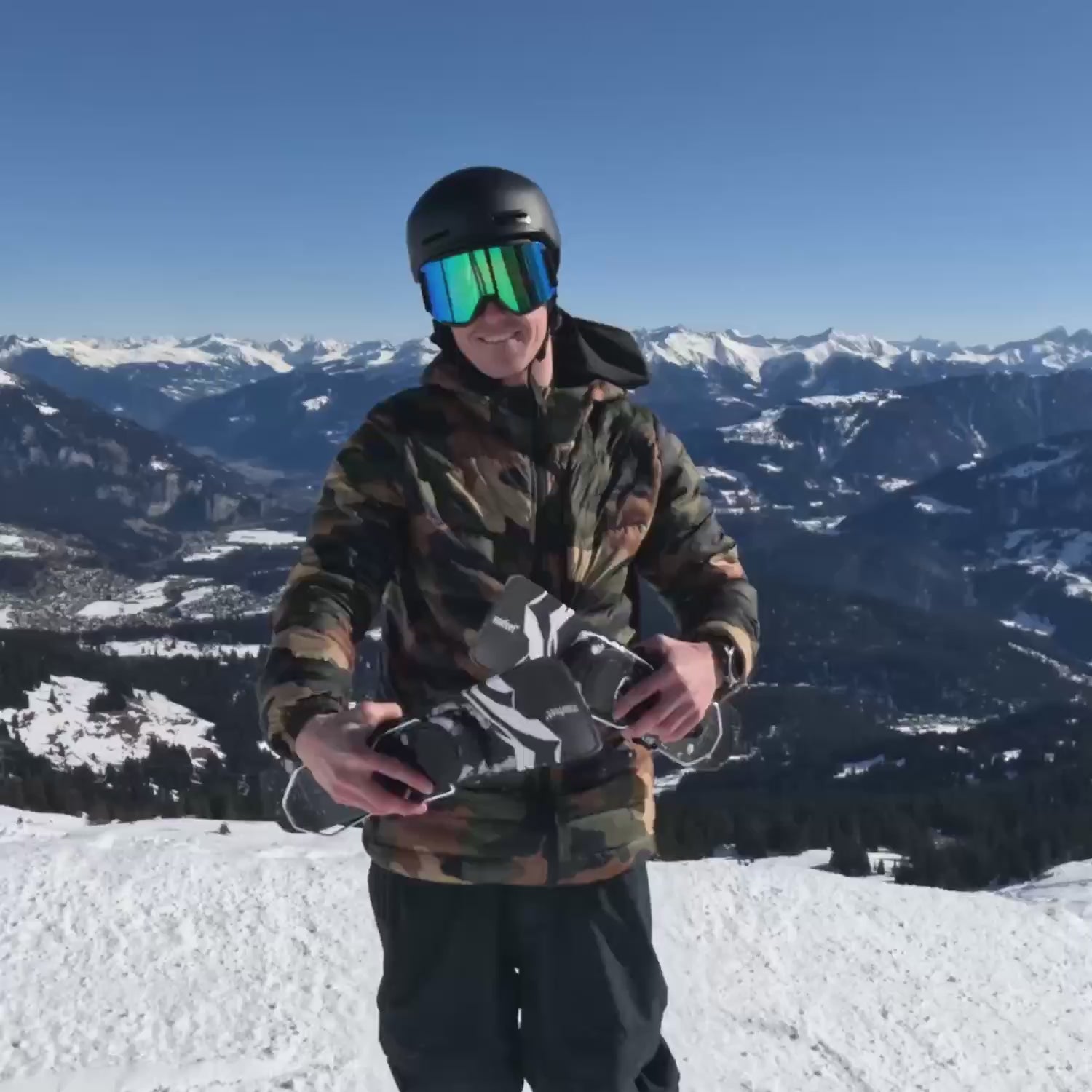
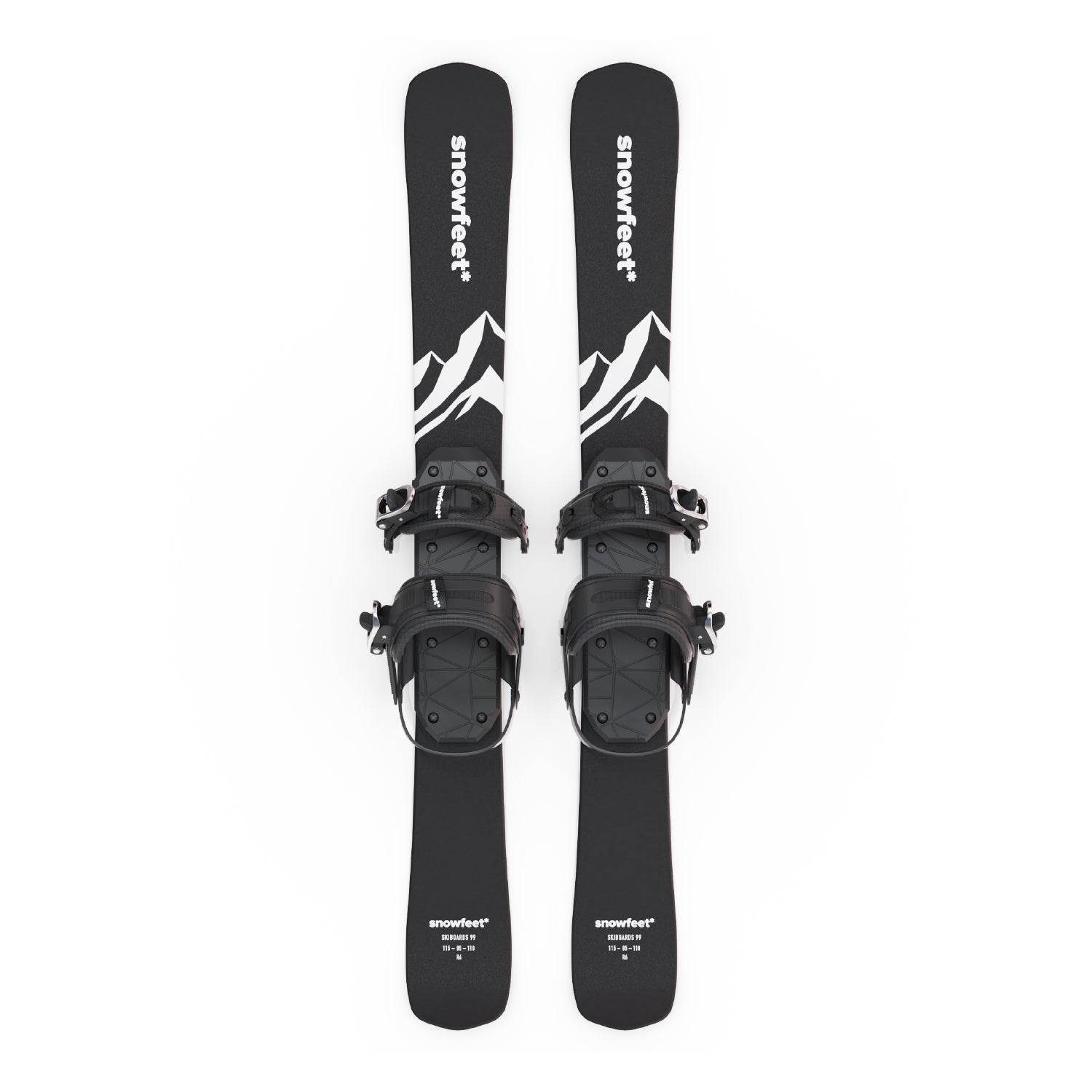
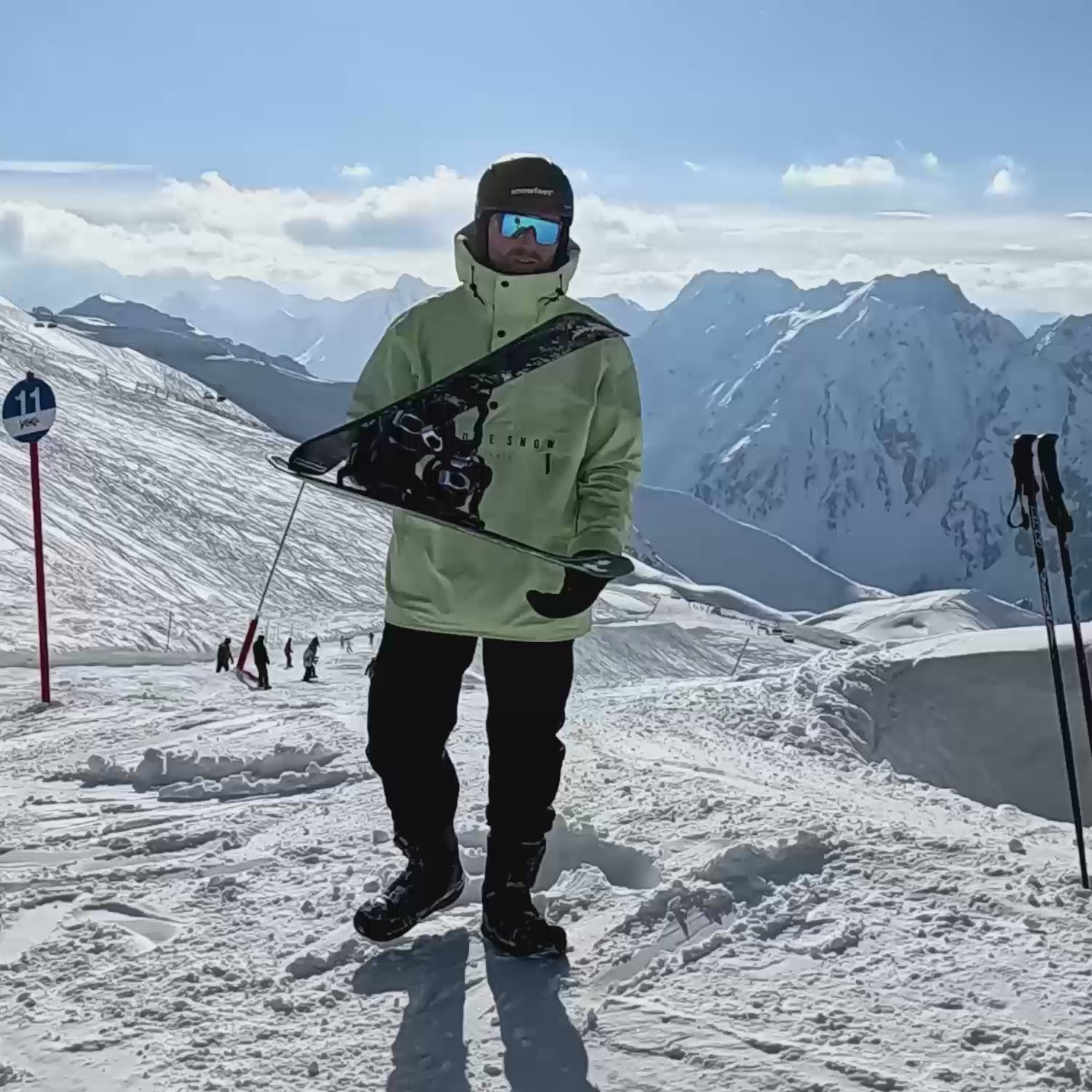
Leave a comment
This site is protected by hCaptcha and the hCaptcha Privacy Policy and Terms of Service apply.